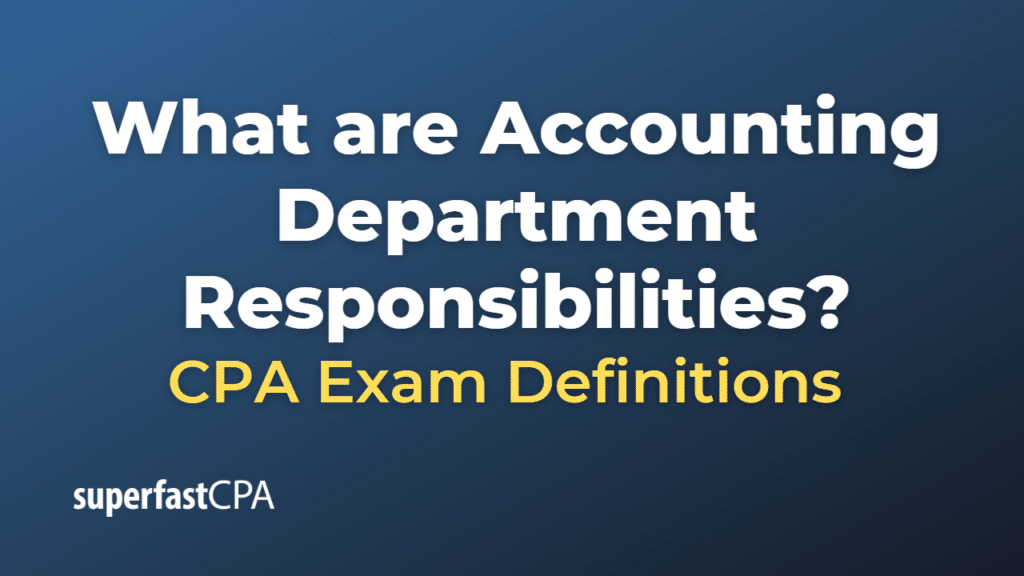Projected Benefit Obligation
Projected Benefit Obligation (PBO) is a measure of a company’s liability to pay its employees’ pensions at a particular point in the future. It’s an estimate, based on actuarial calculations, of the present value of all future pension liabilities that have been earned to date, considering factors like future salary increases and other variables that might affect the pension payout.
Here’s what’s factored into PBO:
- The terms of the pension plan itself, including the benefits to be provided
- The employees’ length of service so far
- The employees’ current and expected future salaries
- The expected future rate at which employees will earn further pension benefits
- The employees’ life expectancies
- The discount rate, which is used to determine the present value of future payouts
It’s important to note that PBO is a type of defined benefit plan, which promises a specific pension payout in the future, as opposed to defined contribution plans, where the benefits received by the retiree depend on the performance of the investments made with the contributed funds.
PBO is a key measure of a company’s long-term financial health and stability, as it indicates the company’s capacity to meet its pension commitments. Companies are required to disclose their PBO in their annual financial statements.
The difference between the PBO and the fair value of plan assets is called the funded status of the plan. If the PBO is higher than the fair value of plan assets, the plan is considered underfunded. Conversely, if the fair value of plan assets is higher than the PBO, the plan is overfunded.
Example of Projected Benefit Obligation
Suppose a manufacturing company, “ManufactureInc”, offers a defined benefit pension plan to its employees. The company hires an actuary to calculate its Projected Benefit Obligation (PBO).
The actuary considers the following:
- There are currently 200 employees who are expected to retire in 20 years and receive an annual pension benefit.
- The average salary of these employees is $50,000 now and is expected to grow at an annual rate of 3% due to promotions and salary hikes.
- The annual pension benefit for each employee is expected to be 50% of their final salary.
- The actuary also assumes an average life expectancy after retirement, say 15 years, during which the company will have to pay these pension benefits.
- The discount rate to calculate the present value is assumed to be 5%.
Using these parameters, the actuary performs complex calculations to estimate the PBO.
Note: The actual calculation of PBO is quite complex and requires deep expertise in actuarial science, so we won’t cover it here.
Suppose that the actuary calculates the PBO to be $30 million. This is the amount that ManufactureInc is expected to need in today’s dollars to fulfill its pension obligations in the future.
If ManufactureInc has $32 million in its pension fund (the fair value of plan assets), then the pension plan is overfunded. If it has only $28 million, then the pension plan is underfunded, indicating that the company may face financial difficulties in meeting its future pension obligations.
This PBO figure helps the company to make appropriate funding decisions to ensure that it can meet its future pension obligations. It also helps investors and creditors to assess the financial health of the company.














